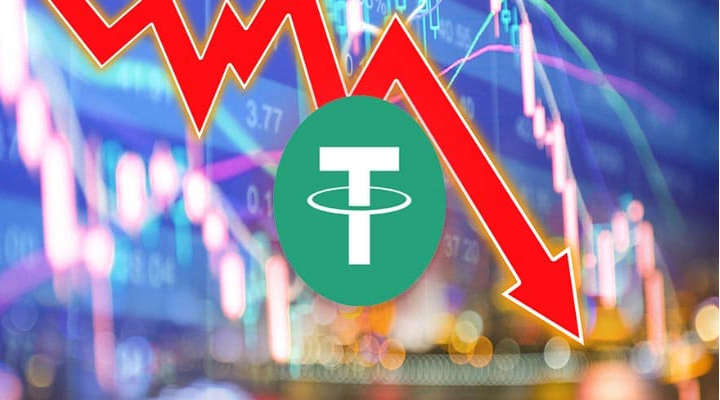Stablecoin adoption has grown immensely, observed especially following the collapse of Terra.
USDC and USDT have seen sizeable growth, but USDT has a lot of keeping up to do with its value plunging as of press time.
- USDT trades at $0.09999 as of this writing
- Stablecoin waning in terms of social mentions and engagements
- Tether exhibits strength in terms of market cap at $66 billion
The transfer volume of stablecoins is seeing impressive growth, including USDC, but USDT needs to catch up and gain more traction.
Overall, stablecoins are enjoying a spike in trading volume, having reached roughly $7.5 trillion which is a huge price pump.
According to CoinMarketCap, USDT (Tether) is trading at $0.09999 or 0.00% as of this writing.
USDC Leads In Transaction Volume
As of press time, USDC has been acing its rival in terms of value and transaction volume. Tether’s transaction volume has significantly slipped by 200 billion from 2021 to 2022.
USDT falters in the social media department or visibility, which could account for its steady decline. Its social engagements have dropped tremendously by as much as 24.2%, and social mentions have dipped by 13.7% since November.
In comparison, other stablecoins have been actively engaged on social media, padding their popularity.
USDT has had prevailing negative sentiment since early December, but it has improved, and the weighted sentiment is now looking a little positive.

The value of transactions is another region in which the stablecoin has been supplanted. Dune Analytics found that USDC has outperformed its competitor in this area as well.
As of this writing, the total value of all USDT transactions was $710 million, whereas all USDC transactions were worth $4.4 billion.

Despite some good news regarding positive sentiment and market cap, USDT is faltering in terms of network growth, especially in the Optimism, Polygon, and Ethereum networks which signals a decrease in the transfer of USDT happening in the networks.
Japan’s FSA Reconsiders Trading with Stablecoins in 2023
In other news, the 31 crypto exchanges under Japan’s Financial Services Agency (FSA) have implemented a ban on trading with stablecoins that include USDC and USDT on June 2022, but they seem to want to reconsider for 2023.
According to recent news reported on December 26, the FSA of Japan will be removing the ban imposed on the distribution and trading of stablecoins come 2023.
In line with this announcement, Japan will now allow the local crypto networks to perform activities like trading and distribution of stablecoins to ensure speedy and affordable international remittances.
But, stablecoin distribution in the country will adopt regulations connected to Anti-Money Laundering activities.
